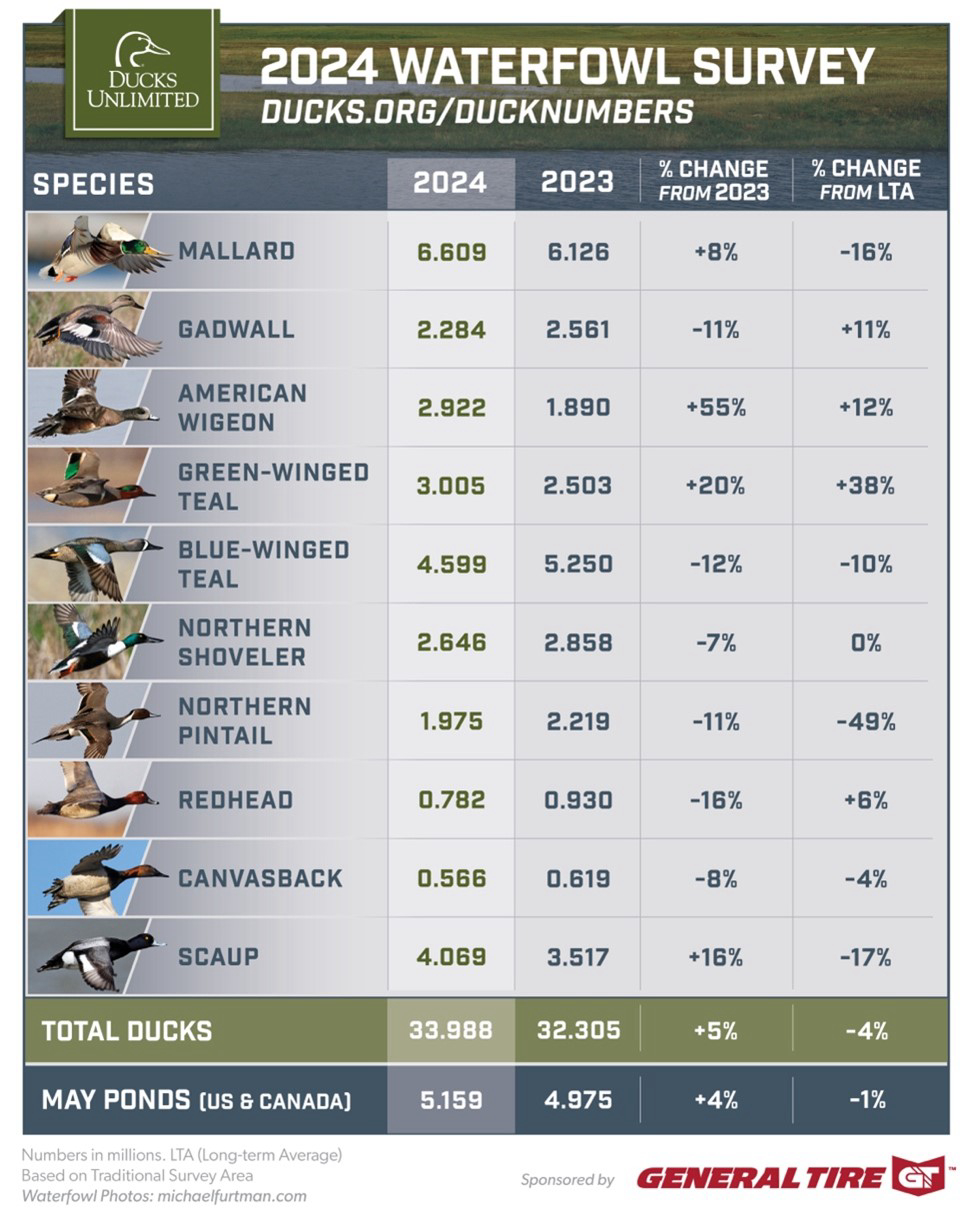Gov. Snyder celebrates successful conservation project at Maple River State Game Area
Gov. Rick Snyder and Department of Natural Resources Director Keith Creagh – together with Pete Albrecht, Michigan Ducks Unlimited state chairman, and Dave Brakhage, Ducks Unlimited director of the Great Lakes/Atlantic Region – today celebrated the completion of important wetland and waterfowl habitat restoration projects at Maple River State Game Area, north of St. Johns.
The event showcased a powerful partnership that included the state of Michigan, the federal government and conservation organizations such as Ducks Unlimited. The groups worked together to restore wildlife habitat in an area that will benefit natural resources throughout mid-Michigan.
“Natural resources are central to our identity as Michiganders and key to our future as a state,” said Gov. Rick Snyder. “This restoration project is a great example of what can happen when government and nonprofit organizations work together for the benefit of Michigan citizens.”
Maple River State Game Area is a 9,000-acre managed complex of wetlands, bottomland hardwood forest, native grasslands, and agricultural uplands that provide habitat for a wide variety of migratory birds and other wildlife. It is the largest contiguous wetland complex in mid-Michigan.
Michigan is home to some of the best waterfowl habitat in the country. The state’s waterfowl hunters spend nearly $23 million a year during hunting trips.
More than $500,000 has been invested in the Maple River State Game Area’s wetlands in the last four years, highlighting the commitment of the DNR and partners to this important area.
“Michigan DNR has great experience in managing large areas of habitat and we know how pivotal wetlands are to Michigan’s wildlife and environmental health,” said DNR Director Keith Creagh. “We look forward to working with our partners on other projects such as this to benefit – and improve – Michigan’s world-class natural resources.”
For many years the dikes and water-control structures at Maple River had been eroded and damaged by annual flood events, wave action from high water, beaver dams, and muskrat and woodchuck burrowing. Those challenges made management of the impoundments very difficult. The inability to manage the wetland units led to degraded wetlands and dwindling waterfowl use. That, in turn, meant declining numbers of users of the area, particularly waterfowl hunters.
In 2010, the DNR made the restoration of the Maple River wetland a priority. Staff has been working ever since to increase user satisfaction, enhance wetland habitat, increase waterfowl use throughout migrations and improve hunter access.
Below are projects that have been accomplished at Maple River:
- One pumping station, used to control water levels, has been replaced.
- A second pumping station has been constructed.
- Major repairs have been made to miles of dikes and many water control structures have been replaced.
- A seasonal refuge was designated to hold more ducks throughout the duck-hunting season, increasing waterfowl use of the area and improving waterfowl hunting.
- Boat launches in three of the wetland units have been improved to provide better accessibility for waterfowl hunters.
- Other improvements have been made, including better water management, modified farming plans and more foot access for waterfowl hunters.
Positive results are already visible. The wetlands are healthy and productive and are supporting larger numbers of ducks and the waterfowl hunting use of the area appears to be increasing.
“I am very pleased that waterfowlers in this part of the state will enjoy an enhanced experience in this restored wetland complex,” said Ducks Unlimited’s Albrecht. “These areas and restorations add up, and so do the hunters. Fishing, hunting and trapping are a $4.7 billion business in Michigan.”
This habitat not only attracts waterfowl hunters, but also other visitors who support the regional economy. Natural resources and recreation opportunities are integral to Michigan’s identity. Thousands of spring and fall migrating waterfowl and waterbirds use the area each year, as do thousands of hunters, anglers, hikers and wildlife watchers.
In addition, the Maple River project showcases Michigan’s Waterfowl Legacy – partners working together to provide healthy wetlands that support waterfowl and other wetland wildlife populations and provide quality opportunities for people to enjoy these resources. The DNR has been working with Ducks Unlimited, Friends of the Maple River, the U.S. Fish and Wildlife Service’s Upper Mississippi River/Great Lakes Region Joint Venture, the North American Wetlands Conservation Council and many other groups to make this area a success.
The 2014-15 waterfowl hunting season continues the celebration of the Michigan Waterfowl Legacy, a 10-year, cooperative partnership to restore, conserve and celebrate Michigan’s waterfowl, wetlands and waterfowl hunting community. For more information, visit www.michigan.gov/mwl.





